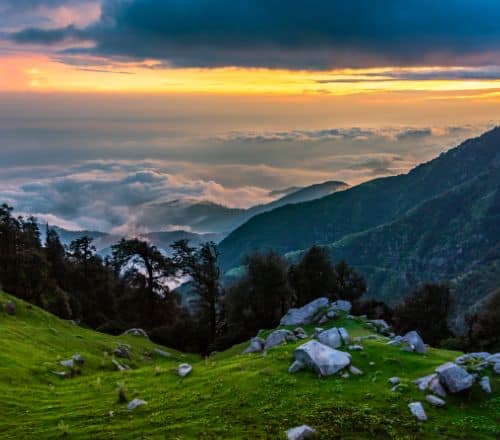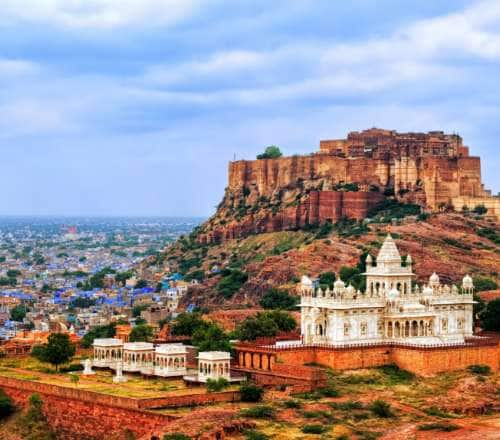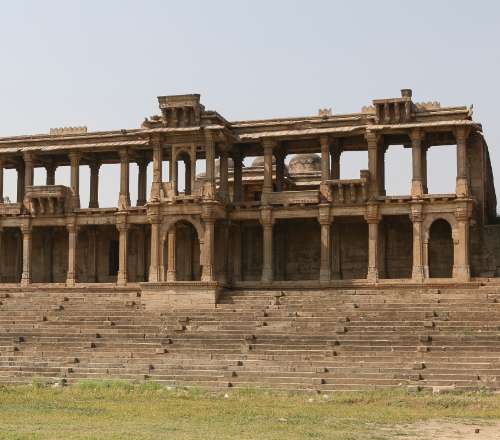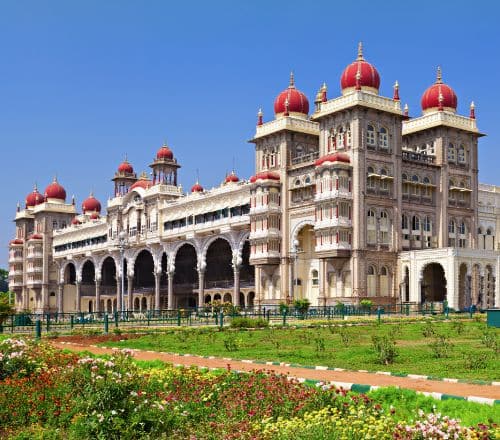Stay logged in to proceed with bookings, orders and offers.
On changing the terminal, you will loose items in your cart. Are you sure you want to change your terminal?
Love unfolds amidst Hampi's ancient ruins. Join me on an enchanting journey of passion, history, and timeless romance.
I had read a lot about Hampi. Its erstwhile grandeur as an empire, the impeccable Hampi temple architecture and the dreadful invasion that led to the demise of the Vijayanagara Empire. My partner was slightly surprised when I suggested it as a romantic getaway. This arid yet beautiful region is characterised by myriad-shaped boulders, imposing monuments and sunflower fields. Hampi seemed like a work of art created by the beautiful amalgamation of nature and human effort. An unlikely place seemed like the perfect romantic getaway.
Read More
Read Less
Our journey began with a visit to the enchanting sunflower fields, an experience that felt straight out of a movie set. This was our first stop after landing at JSW Vidyanagar Airport, an hour's drive from Hampi. “You must take a picture in these fields. It will feel like a movie set,” claimed Hemant, our cabbie. We saw many sunflower fields pass by, and he stopped the car by the side of a huge one between Hiriyur and Challakere. The plants were more than six feet high, with large blooming flowers in all directions. We took plenty of selfies with the lovely flowers. The start of the trip couldn’t have been better.
Having started our journey with the enchanting sunflower fields, we were already immersed in Hampi's natural beauty. The next morning held the promise of experiencing another facet of Hampi's allure—the impeccable architecture that adorned its ancient temples. As the sun rose on our second day, we eagerly made our way to the 15th-century Vittala Temple in Hampi, considered to be one of the most important monuments. There are forty 10 foot-high pillars lining the temple’s façade, and the temple complex houses some exceptional architectural marvels inside, including the Maha Mantapa and the Ranga Mantapa. The main hall (Maha Mantapa) is on a raised platform. Intricate carvings of warriors, animals and several other designs adorn its base. Sixteen beautifully decorated pillars make up the hall, with the ceiling adorned with even more beautiful designs. We walked around the complex, hand-in-hand, lost in our own world, watching the beautiful architecture in awe.
The Ranga Mantapa is even more interesting with 56 ‘musical’ pillars called Saregama pillars. We couldn’t believe it when we learned that certain musical notes could be heard from these pillars when they are tapped. Excitedly, we tapped and listened to the different notes emanating from different pillars. One of the most photographed monuments in Hampi, the Stone Chariot, is one of three such structures in India—the other two being in Konark (Odisha) and Mahabalipuram (Tamil Nadu). The chariot is considered extremely sacred in the region. “In the past, these wheels moved around the axle. Some even believe that the wheel could move the entire structure,” said Hemant. We maintained a respectful distance from the chariot while Hemant volunteered to photograph our moments together with the Stone Chariot as the backdrop.
A gentle breeze caressed our senses as we ventured deeper along the dusty path away from the ruins. The air carried the subtle essence of the famous Tungabhadra River, which gracefully divides Hampi into two distinct realms—the ancient and the modern. On one side, the UNESCO World Heritage Site embraced a collection of majestic monuments, while on the other, modern-day Hampi flourished with vibrant cafes and bustling restaurants. The swirling river and the scattered ruins on the riverbanks, against the backdrop of the rocky hillocks, looked picturesque. As we sat by the river, feet in the cool water, we wondered how grand this place would have looked in its heydays. The coracle rides were a magically romantic experience. My partner and I floated around in these round-shaped boats, drifting past the towering rocky hillocks in the calm waters. A one-hour ride passed like a moment!
As we continued to explore this beautiful place, a huge gate led us to a path to this structure with rows of pillars on either side. It even had a few symmetrical stepwells by the side. It is one of the most impressive temple complexes in Hampi. The stepwells near the Achyutaraya Temple in Hampi hold a fascinating legacy as architectural marvels and vital water reservoirs of ancient times. These "pushkarnis" or "bathing tanks" feature descending steps, enabling easy access to the water they stored. Functionality aside, these stepwells have intricate carvings and ornate designs, showcasing the artistic brilliance of the Vijayanagara Empire. Pillared verandahs flank the main shrine on all sides, and rows of coconut palms sprout in the background of its walls. To its west is the majestic Matanga Hill. We sat in the cool shade of one of the verandahs, admiring the majestic setting and architecture.
This is probably one of the prettiest temples in India. Remarkably designed, it is also called the Kamal Mahal or Chitrgani Mahal. The beautifully preserved domes on the balcony and the passages resemble an open lotus bud. The two-storey building, situated in a sprawling garden, is symmetrical from all sides, with 24 pillars supporting the structure. We spent an entire evening here, travelling back in time, enjoying each other's company in silence as we soaked in the glory of the past.
Considered to be the living incarnation of Lord Ganesha, Lakshmi—the elephant—welcomed us as we entered the premises of the Virupaksha Temple in Hampi. She gently and lovingly accepted a ten rupee note from us and gave us her blessing with her trunk, touching our heads individually. We felt truly blessed. This sacred religious complex in Hampi is the only temple where rituals and prayers have continued uninterrupted since its inception in the 7th century CE. The original shrine, which was small, was gradually expanded with more structures that were added over time. We sat on the stairs of the lovely water tank at the far end of the temple and enjoyed the cool breeze ruffling our hair. This part of the less crowded temple allowed us to admire the beauty of the place for hours.
The high point of romantic things to do in Hampi is to watch the sunset from Hemakuta Hill. I took the advice from online sources and reached the spot early to get a good vantage point. Hemant advised us to take the route via the southern end of the hill so that we could visit another Ganesha shrine called the Sasivekalu Ganapathy Temple. Here, the belly of the lord resembles a mustard seed. When we reached the top, we took a seat by a raised boulder. The sunset was beautiful, with the foreground of verdant green paddy fields in stark contrast with the rocky terrain. We savoured these cherished moments, committing this sunset to our memory and through the camera's lens. We felt a stronger bond through this wonderful shared experience. The depth and grandeur of Hampi's heritage brought us closer as we travelled back in time to experience the timeless beauty of this wonderful place.





The Adani One expressly disclaims all liability, direct and indirect, in respect to actions taken or not taken based on any or all the contents of this Blog. The Blog is an opinion of the contributor based on the collation of data from various sources and is provided only for information purpose. Adani One does not canvass, advertise, solicit, invite or induct for any product, merchandise, information, brand or any other materials mentioned in the Blog, nor does it obtain any monetary benefit from the same. Reader is advised to read and apply his/her intellect and discretion in this regard. Any Intellectual Property mentioned in this blog belongs to the rightful owner. We do not intent to claim any interest over the same.